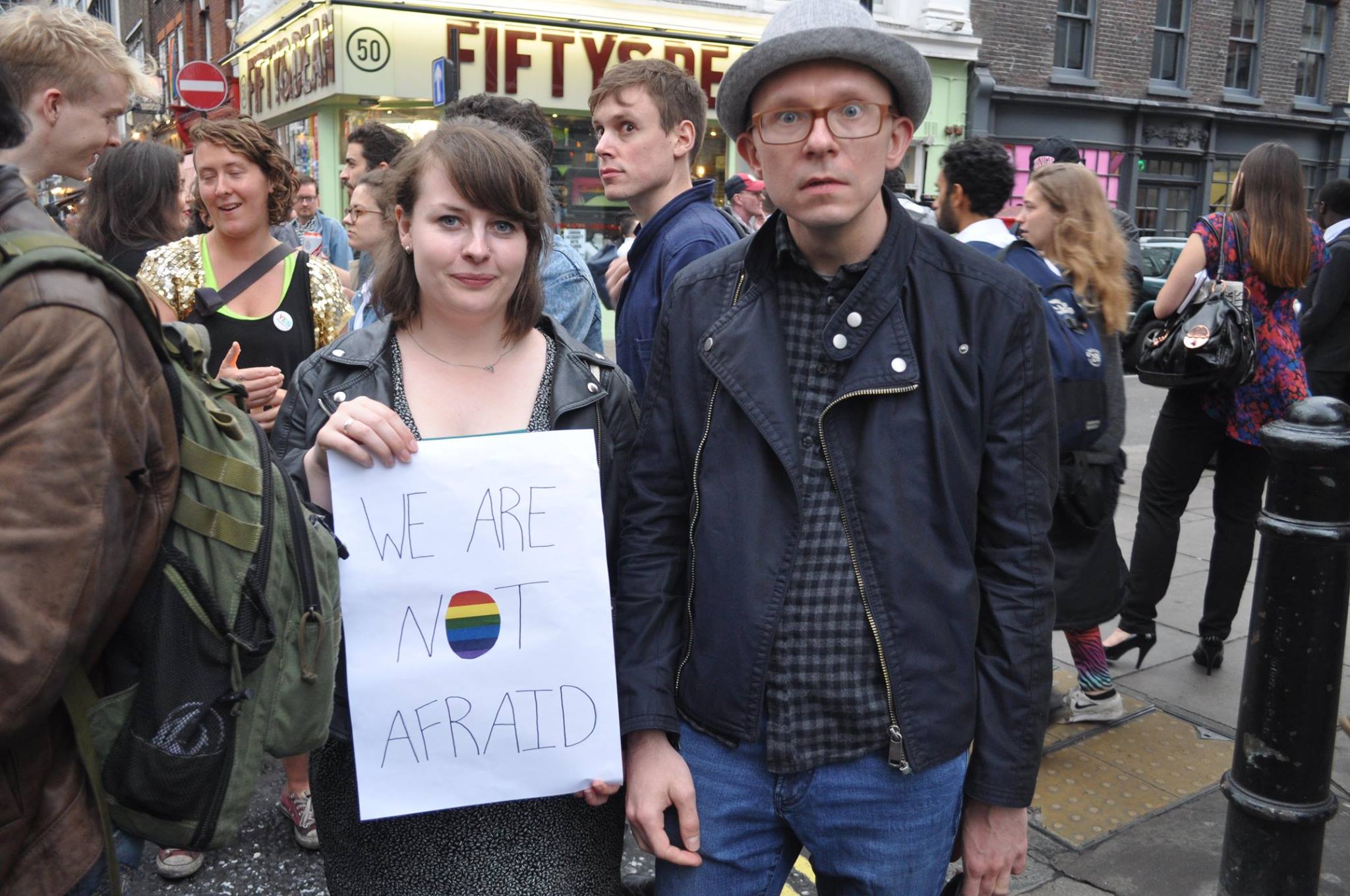Plum Island is like the turn of a kaleidoscope. At one rotation, a viewer sees Long Island's largest seal colony and a favorite destination of fishing boats. At the next turn, it becomes a prize sought by developers of golf courses and condos.
To many, though, Plum Island is a vision of Washington's partisanship cemented into place. The 3-mile, relatively untouched haven of trees and sandy beaches in Long Island Sound is off-limits to the public and has been owned by the federal government since 1826, when it was a military installation called Fort Terry. Since the 1950s, about 20 percent of Plum Island has served as an animal disease center researching everything from swine flu to foot-and-mouth disease to other livestock ailments.
Today, as the federal government moves to relocate the research laboratory to Kansas, this strip of land 1.5 miles off the tip of Orient Point is, to federal budget hawks, a potential $33 million bonanza. As preservationists try to block Plum Island's sale to a private developer, they've run straight into the kaleidoscopic chamber of mirrors known as an election year.
Even though leaders on both sides of the aisle agree that this green jewel should be preserved, the real issue is who would get credit for doing so. This will come as a complete shock to no one.
But it's a shame to have what is mostly agreement behind the scenes -- to preserve this land -- result in paralysis. Plum Island is an extraordinary treasure that should remain pristine.
The island's future is playing out in the context of the 1st Congressional District, which encompasses both Long Island forks westward to Brookhaven and Smithtown. Republican freshman Rep. Lee Zeldin tried to rescind the part of the 2008 federal legislation that initiated the sale of the land. The proceeds are supposed to help fund the $1.25 billion Kansas replacement facility, scheduled for completion by the end of 2022.
However, Zeldin's ban on a sale also expires in 2022. This spring, real estate agents were scheduling boat trips for potential Plum Island buyers, so he submitted a second bill that mirrors a Senate measure sponsored by Connecticut Democrat Richard Blumenthal; Plum Island is less than seven miles south of Niantic, Connecticut. The second measure creates a one-year moratorium on marketing the island to buyers. It passed just last week.
There are two schools of thought about why Zeldin's ban expires in 2022. One is that House Speaker Paul Ryan, a budget hawk, said he didn't want to give up the potential cash. The second is that Senate Democrats said privately they would push Zeldin's House bill in their chamber. In the absence of a Republican sponsor, there's evidence they're still considering that.
Not to take sides here, but Democrats see 2016 as an opportunity to wrest the 1st CD seat from Zeldin. History shows the power of incumbency grows after a first term. And New York Democratic Sen. Kirsten Gillibrand, especially, has been a vocal supporter of Zeldin's November opponent, Democrat and former Southampton Town Supervisor Anna Throne-Holst. If Blumenthal's bill were to pass in the Senate, Zeldin might look too good.
Environmental advocates from New York and Connecticut will be in Washington today to lobby in part about Plum Island. Let's hope they can twist the kaleidoscope to a pattern that produces a win for all of us who live near Long Island Sound.
First published in Newsday. Anne Michaud is the Interactive Opinion Editor for Newsday.










